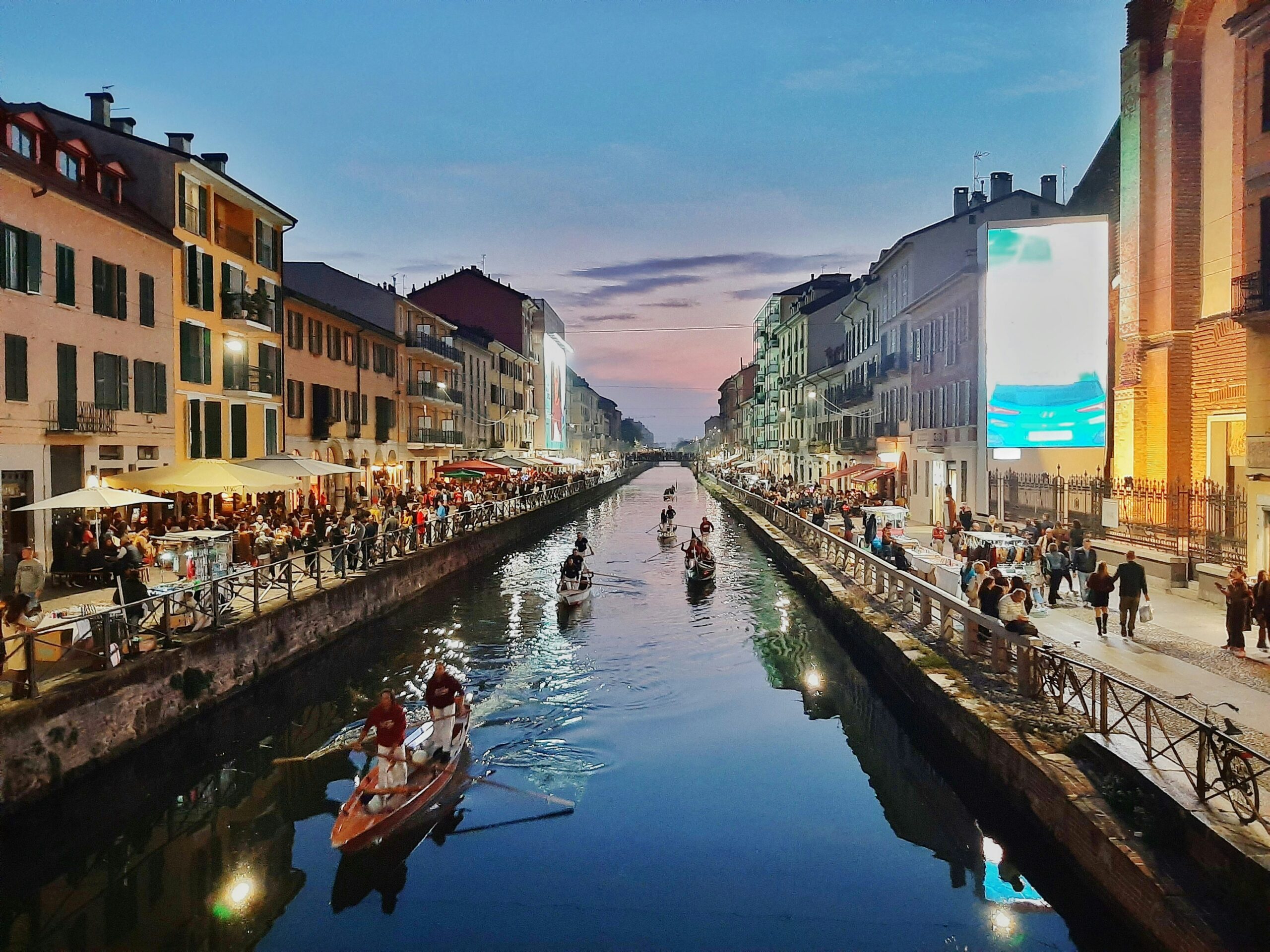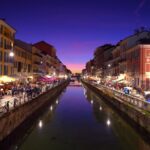Navigli district is one of Milan’s most beloved and well-known areas, celebrated for its beauty and vibrant nightlife. Situated south of the city, it is close to notable landmarks such as the Basilica of Sant’Eustorgio and San Lorenzo alle Colonne, another nightlife hotspot. Here, you can stroll along the banks of the Naviglio Grande and Naviglio Pavese, stopping for a drink or to shop at the many artisan boutiques.
Public Transport: METRO Green Line M2, Porta Genova station
Naviglio Grande
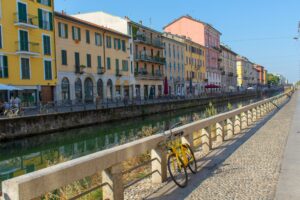
Navigli were originally artificial canals used for transport and irrigation, making the city resemble a smaller Venice. Marble blocks for Milan’s Cathedral were transported via these waterways. Although the canals were later filled in to accommodate motor traffic, the area has retained its original beauty.
Starting from the Darsena, Milan’s old port, the neighborhood offers ideal spots for an aperitif or traditional Milanese dishes.
Every last Sunday of the month it’s a large market along Naviglio Grande, from Viale Gorizia to Via Valenza, hosting 380+ antique exhibitors and vintage crafts.
Vicolo dei Lavandai
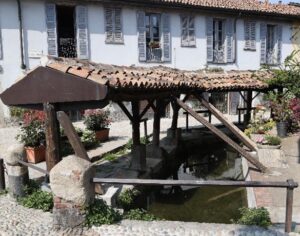
Originally named Vicol de Bugandee, this alleyway holds memories of a recent era when laundry workers would arrive carrying baskets of dirty clothes collected from wealthy families who depended on Milan’s Lavandai Confraternity for laundry services.
In the 18th century, men managed the collection and washing, hence the alley’s masculine name. Subsequently, women took over and sustained the work until the 1950s, when washing machines became widespread in Italian homes.
Its old laundry structure, provides a peaceful, romantic break.
The canals feature rowers, water tours for unique city views, and the Winter Challenge swim. Cycling along the banks is a popular and relaxing activity in the warm season.
Chiesa di San Cristoforo sul Naviglio
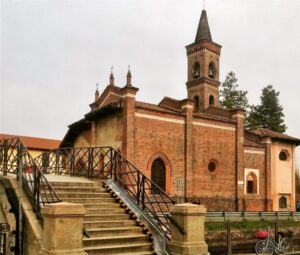
San Cristoforo is a complex with two churches. In 1176, Milanese learned of Emperor Frederick Barbarossa’s defeat at Legnano here.
The left nave church was rebuilt in 1192 and renovated in the 14th century. Friar Pietro Franzoni founded a pilgrims’ hospital nearby in 1364.
The Ducal Chapel, right church, from the 15th century, was commissioned by Gian Galeazzo Visconti after the 1399 plague vow. Dedicated to St. Christopher and other saints, it commemorates victory over the Armagnacs in 1391. Its facade displays the Visconti coat of arms with the biscione and Milan’s red cross on white emblem.
Santa Maria alle Grazie al Naviglio
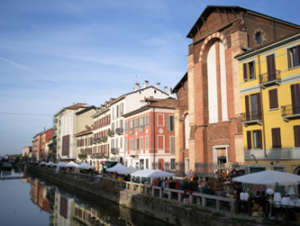
The church was built in 1556 and dedicated to Santa Maria delle Grazie.
It houses a miraculous image of the Blessed Virgin Mary.
Despite its nearly unfinished exterior, the church possesses a unique charm.
Basilica e Colonne di San Lorenzo
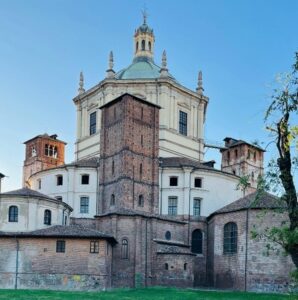
The Basilica of San Lorenzo Maggiore in Corso di Porta Ticinese features a stunning arcade with sixteen Corinthian columns, dating from the 4th and 5th centuries AD.
The Basilica’s square-shaped main body with four rounded apses is among the earliest examples of a tetraconch church. Inside, the Chapel of S. Aquilino, possibly an imperial mausoleum, showcases mosaics depicting Patriarchs, Apostles, and Christ.
Its architecture includes strategically placed windows that align with the sun’s path, illuminating mosaics during the winter solstice, notably on December 25th.
Basilica di Sant'Eustorgio
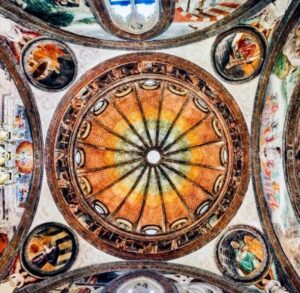
Sant’Eustorgio, one of Milan’s oldest churches, founded in the 4th century and rebuilt in the 19th century, originally housed relics of the Three Wise Men taken to Cologne by Frederick Barbarossa.
A portion returned in 1903 for public veneration. The Epiphany procession starts at Piazza del Duomo and ends here, celebrating the Magi’s arrival. St. Barnabas preached and baptized the first Milanese Christians here, making it a significant religious center under the Dominican Order. The Portinari Chapel, commissioned in 1462, showcases Florentine art by Vincenzo Foppa. The Gothic tomb by Giovanni di Balduccio houses St. Peter Martyr’s remains. The cloisters house the Diocesan Museum, with art spanning centuries. The bell tower, begun in 1297, holds Italy’s oldest public clock, topped by an eight-pointed star symbolizing the Magi’s relics.
Auditorium di Milano

The Auditorium of Milan, near the vibrant Navigli district, is a versatile venue for symphonic, choral, chamber, jazz, and light music concerts, as well as film screenings. Inaugurated on October 6, 1999, with Mahler’s Symphony No. 2 conducted by Riccardo Chailly, it became the permanent home of the Giuseppe Verdi Symphony Orchestra of Milan. It’s a cultural hub dedicated to music and beauty, welcoming audiences from Milan and beyond.

